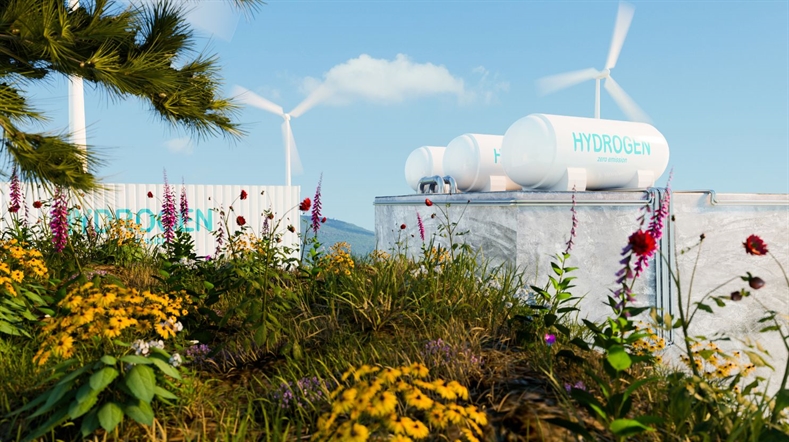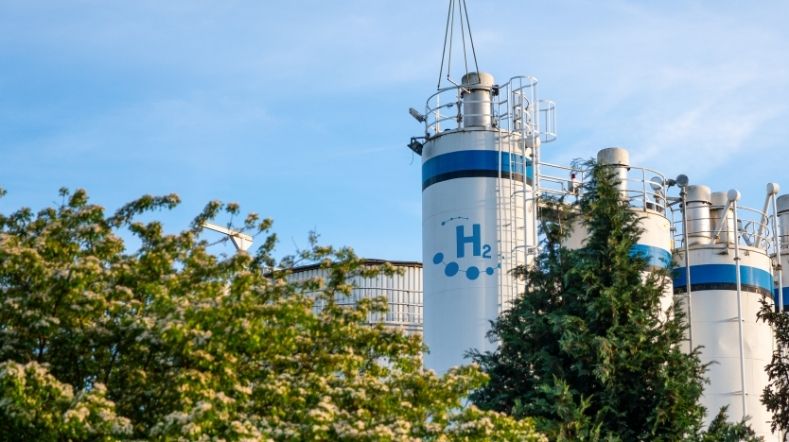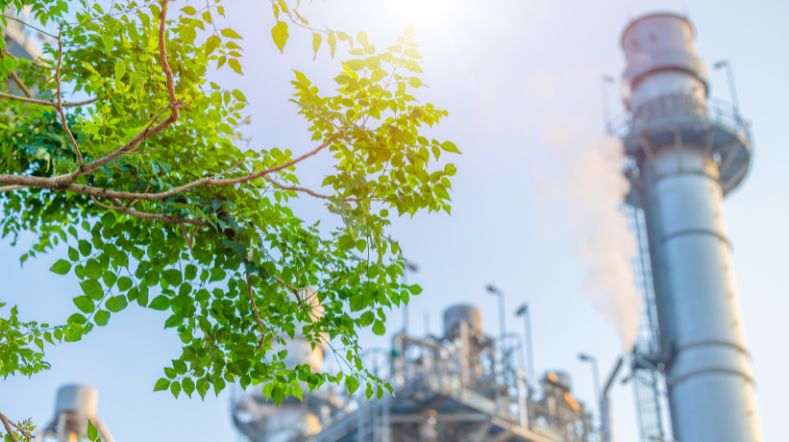New technology combines biocarbon production for industry with negative emissions
Almost all the products we use on a daily basis contain carbon – from plastics to textiles and from steel to fuel. For the most part, this carbon comes from fossil sources, which we want to move away from. In theory, the alternative is simple: biocarbon (biochar). But how do we ensure this is available in large enough quantities to replace fossil sources? TNO has developed a method – ‘EnerChar’ – to make this possible. The technology has reached an advanced stage and it is now just a matter of the market picking it up.
The “EnerChar” method is a way to make biocarbon, combined with heat production and CO2 storage. Clean carbon can be made by gasifying biomass (wood residues but also residues from the food industry). Many products, from plastics to textiles, from steel to fuel, contain carbon. The vast majority of this carbon comes from fossil sources. The use of biocarbon can make a major contribution to reducing CO2 emissions.
Contributing to climate goals
‘Biocarbon can be made really well from biomass. That means you are converting low-value waste streams from horticulture and forestry into something valuable. After years of research with partners at home and abroad, we now have a tried-and-tested method. This involves the co-production of biocarbon and bioenergy through biomass gasification. The biocarbon can also be used in the horticultural sector as a substitute for peat in potting compost. Peat is able to store CO2, much more than the tropical rainforest, so by avoiding the use of peat and leaving it in place, you are helping us achieve our climate goals. A win-win situation’, says TNO researcher Rian Visser.
Alternative to peat in horticulture
In the Netherlands, peatlands have been excavated on a massive scale for some time, but in many places the EU now has plans to restore such areas. This presents opportunities for climate adaptation (storing water and growing wet biomass such as willow and reed) and mitigation (reducing CO2 by growing peat). Peat is still widely used today in potting compost (substrate) for horticulture. Trials that TNO has conducted in recent years with Wageningen UR and Flemish research institute ILVO have shown that lab-produced biocarbon can replace 30-50% of the peat. After use, it can be returned to the soil with compost and in this form is perfect for storing CO2 from the air as stable carbon.
Greening steel production
Real climate-related and environmental gains can be made in industries that need to undergo a sustainability transition. Although renewable energy is provided in the form of solar and wind power, carbon is still needed to make products. Visser cites the steel industry as an example.
‘With Tata Steel we are looking at how we can use biocarbon to green the company’s production processes. Other steel companies are also exploring the possibilities. To make steel from iron ore, you have to remove the oxygen – a process that requires carbon. You can also use hydrogen, but carbon is ideal for the high-quality steel Tata makes’, Visser says.

‘To switch over to biocarbon, however, you need this substance in large quantities. The technology is there to make this possible; now we just need to demonstrate that it can be done cost-effectively. We are looking for partners to help us with that.’
Killing two birds with one stone
Another example she cites is the food industry. To make chocolate, for example, you need cocoa beans. The husks of the beans constitute a huge waste stream – one that is ideal for producing biocarbon. Using TNO’s technology, around 25% of this biomass can be converted to biocarbon and the other 75% to heat. A company therefore kills two birds with one stone: by transforming waste into bioenergy, it has an alternative heat source to replace natural gas and it can also sell the biocarbon to industry.
New sources of carbon needed
Visser: ‘The EnerChar concept combines four different things: biocarbon production, bioenergy, carbon capture, and carbon storage. Instead of burning the biomass, we use gasification. You can perform this with the same grates used in waste incineration. We now need a pilot plant so we can demonstrate this patent-pending technology in practice on a larger scale. It is an ideal way to produce clean carbon. Make no mistake: as we move away from fossil fuels, we will undoubtedly need new sources of carbon. And this is one way of making biocarbon, combined with heat production and carbon storage. It just needs to be done on a large scale to make a difference.’
Endless applications
There are obvious applications for EnerChar in the steel and horticultural industries, but Visser envisages an even bigger market in a range of different sectors. Activated carbon can be used as an adsorbent for filtering pollutants out of water or air. Recently, TNO also started producing biocarbon for batteries. The graphite used for the anode of batteries is usually made from mined natural graphite, but this is in very short supply. It may also come from fossil oil residues, in which case a lot of energy and chemicals are needed in the production process. Biographite could be a much more environmentally friendly alternative. And biocarbon is an option for achieving negative emissions.
‘There are potentially endless applications. Choices will have to be made: instead of looking where the demand is, we will need to focus on those areas with the greatest societal need. After all, we developed this technology to accelerate the energy transition’, explains Visser.
How TNO Green Print helps industry become more sustainable
TNO provides knowledge, innovation and concrete solutions for companies, government and suppliers. In summary, we call it TNO Green Prints: a blueprint for radical greening of value chains in the industrial sector.
Get inspired
NORCE and TNO are entering into a strategic partnership on hydrogen developments


Dutch consortium participates in EU research project on large-scale hydrogen storage in depleted gas fields


Underground hydrogen storage


Three breakthrough technologies in drying and dewatering help industry produce clean and sustainable products


Eco-friendly firefighting: innovative solutions and zero PFAS


